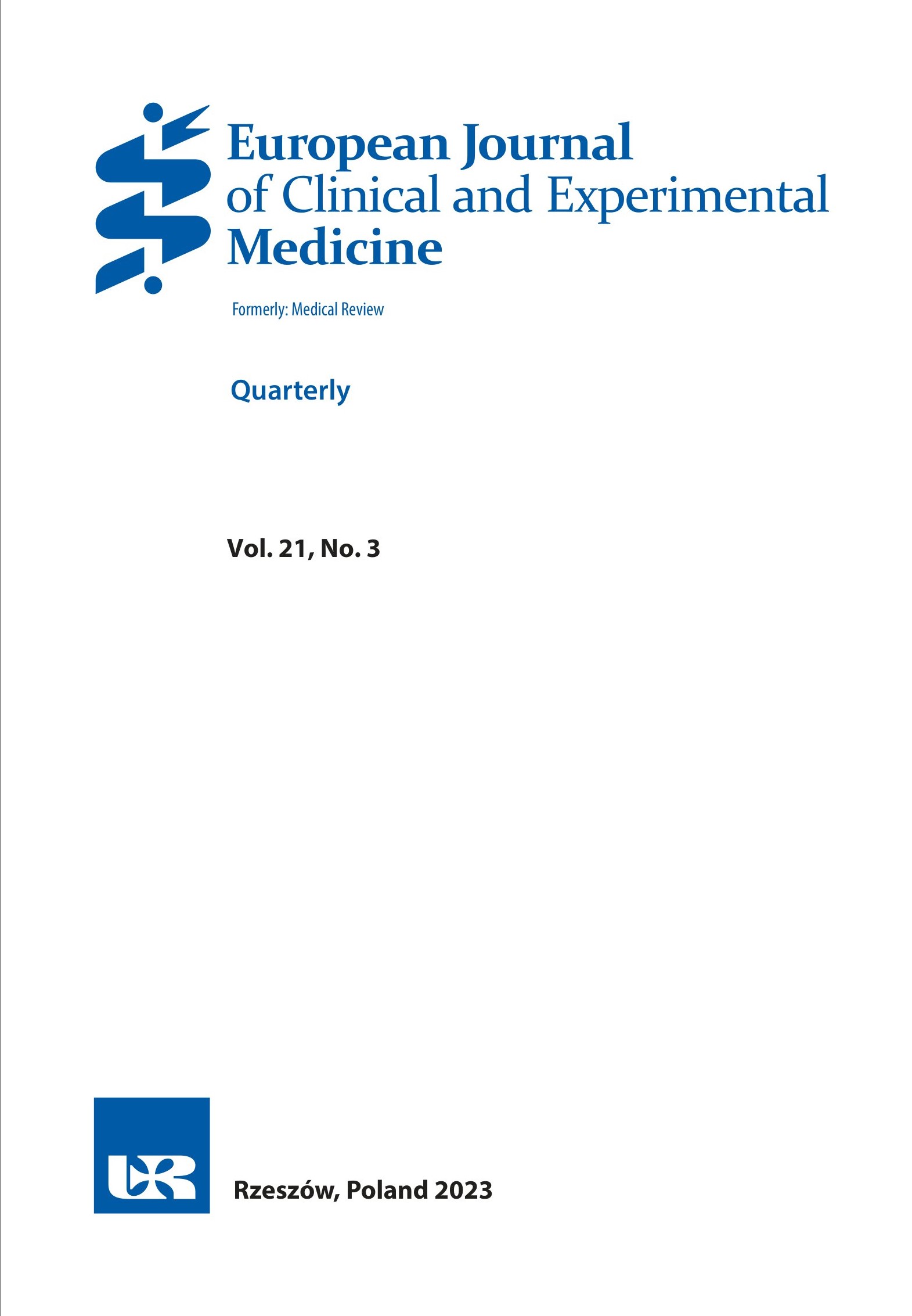Keywords: leader, serviceman, service and combat activity, combat experience, post-traumatic stress disorder, psychological recover
 Introduction and aim. Since the beginning of the Russian-Ukrainian war, many Ukrainian military personnel began to show post-traumatic stress (PTS). The purpose of the article is to identify the features of PTS exhibited in different age groups in trauma-exposed military personnel during their participation in the psychological recovery program ("Invincibility Program").
Introduction and aim. Since the beginning of the Russian-Ukrainian war, many Ukrainian military personnel began to show post-traumatic stress (PTS). The purpose of the article is to identify the features of PTS exhibited in different age groups in trauma-exposed military personnel during their participation in the psychological recovery program ("Invincibility Program").Material and methods. Ukrainian Defense Forces military personnel (n=546 males, between 20 and 60 years of age) participated in this study. All participants were divided into three age groups. Determination of the features of PTS in military personnel was carried out using psychodiagnostic tests.
Results. In each age group, more than half of the participants in the "Invincibility Program" had PTS characteristics such as the sub-threshold or clinical manifestations of PTSD, adjustment disorders, low resilience to combat mental trauma, and various sleep disorders combined with somatic complaints. The data showed higher features of PTS in the younger participants and they decreased in both the 2 older sets of participants.
Conclusion. The age-related features of the manifestation of PTS in military personnel must be taken into account when developing psychological recovery programs: for younger participants, such events should be carried out longer and more intensively.
Keywords: hostilities, military personnel, post-traumatic stress



